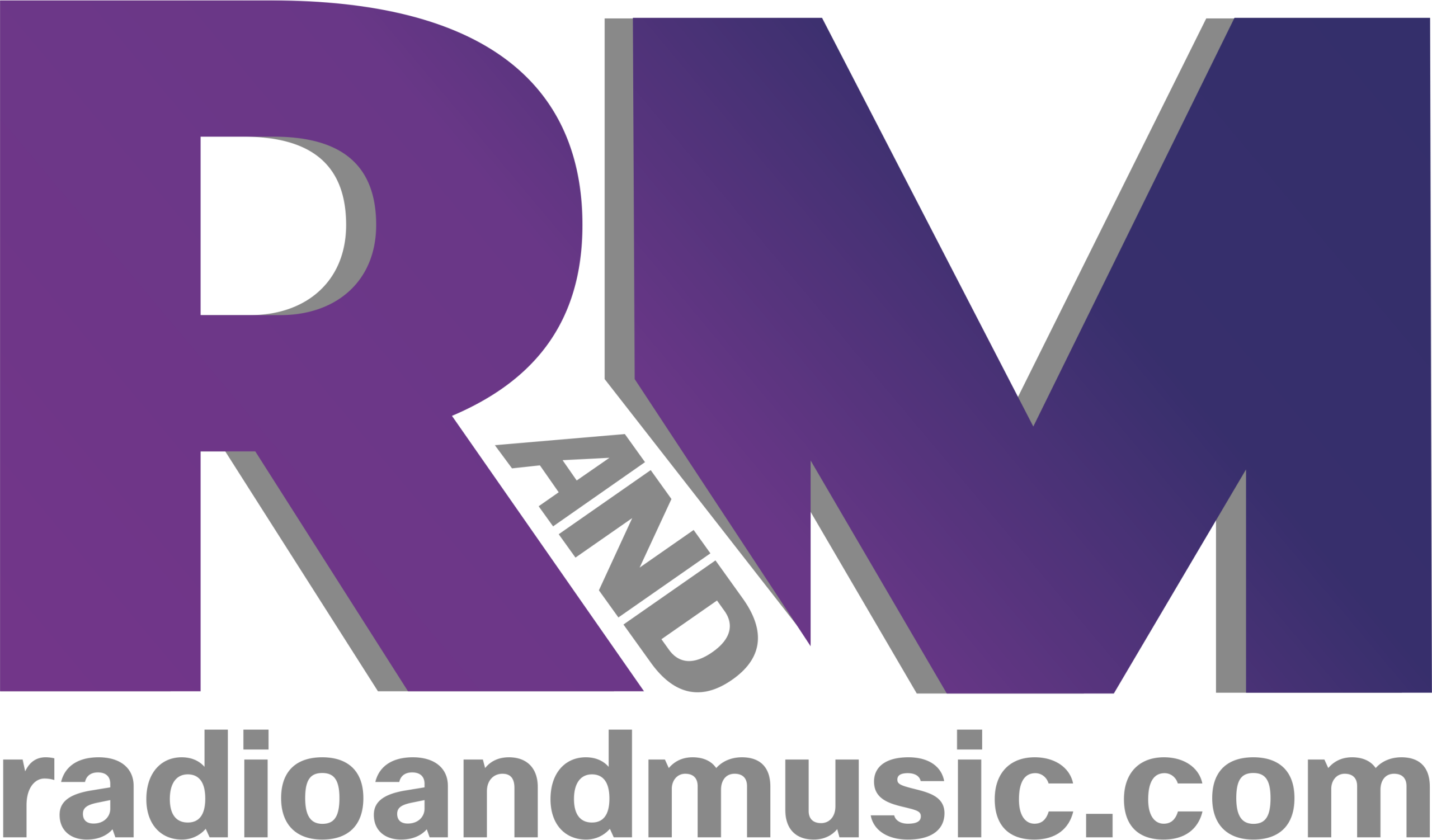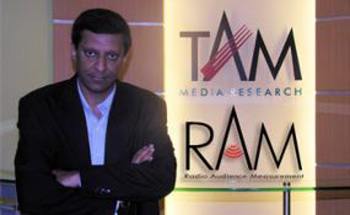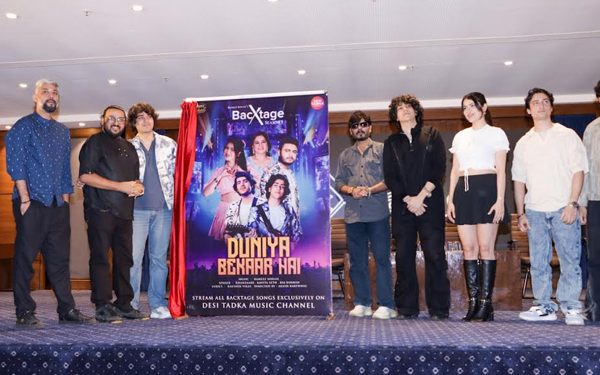MUMBAI: The battle lines are being drawn in the radio industry. On one side, is radio listenership monitoring firm TAM Media Research; its Radio Audience Measurement (RAM) data has served as a barometer for advertisers for several years.
On the other side is the Rs 1,500 crore radio industry which has been raising its voice against the lack of transparency in the research firm’s methodology and has been highlighting discrepancies in its data collection resulting in inaccurate and fudged results.
Some FM radio stations have even gone ahead and cancelled their subscriptions to some of RAM’s services. And there have been media reports that the ground swell against RAM may rise following the public legal fight that NDTV has got into with TAM, alleging that its TV audience measurement system is suspect.
The beleaguered audience research firm is however defiantly staunchly defending itself and RAM. The company states that its methods and policies are transparent and it is open to discussions with the FM radio stations on issues pertaining to its methodology of conducting audience surveys.
Says TAM Media Research CEO LV Krishnan: “Rather than putting out statements the radio broadcasters should put their hands on their hearts and ask how has the data helped them in the last four years. It was the RAM data that brought advertisers into the medium and helped in programming for stations to get loyal audience. A drunken man uses a lamppost for support rather thanfor illumination. Why is there a research? Research is there to tell you what are the issues or the plus points of your station – whether it is to do with marketing, programming but if you use it as a support it is not going to help much. The link is being missed. Data speaks for itself and if anybody has issues they can have a dialogue with us. It’s like a ‘dot’, you can connect it and make a line or a wave. As a group we haven’t heard from them and we are looking forward to work with the industry policy because at the end of the day the research is for them. “
Adds TAM Media Research Sr VP – S-Group & Marketing Pradeep Hejmadi: “Four years back, the radio industry came together saying that they needed a credible measurement system, and after all discussions on sample size and methods we came out with the process. All options used in measuring audience- from electronic metering, data recall- were considered before deciding on the Diary method (where the station tuned in to is noted). The selected method and the sample size was agreed to and vetted by the radio stations at a time when the industry was in ‘havoc’. It is only because of the industry that we came out with RAM, otherwise we were not looking at the radio medium clearly. Our methods have not changed since and it is only when the numbers started to move against them (in terms of lower rankings) that radio stations started to complain but that’s the beauty of continuous measurement- it shows change. “
Points out Krishnan: “We brought about innovation in content when stations started playing old movie songs on late night shows, when advertisers like FMCG (Fast moving Consumer Goods) realized that the FM was listened to by housewives and not just the youth. We helped in bringing about segmentation in programming. Our biggest challenge is not about RAM and its methodology but how to bring in ‘Dollars’ to the industry. I urge the broadcast community to have an open minded communication for the future of the industry. The industry should be able to resolve the issue itself. We don’t need government intervention- it has lots of other things to do.”












